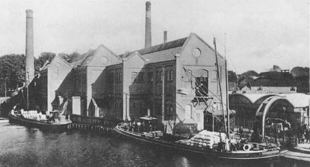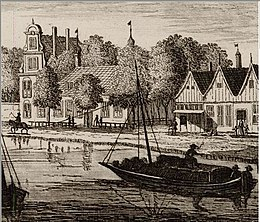Het arrangement The Industrial Revolution is gemaakt met Wikiwijs van Kennisnet. Wikiwijs is hét onderwijsplatform waar je leermiddelen zoekt, maakt en deelt.
- Auteur
- Laatst gewijzigd
- 28-06-2021 10:48:45
- Licentie
-
Dit lesmateriaal is gepubliceerd onder de Creative Commons Naamsvermelding 4.0 Internationale licentie. Dit houdt in dat je onder de voorwaarde van naamsvermelding vrij bent om:
- het werk te delen - te kopiëren, te verspreiden en door te geven via elk medium of bestandsformaat
- het werk te bewerken - te remixen, te veranderen en afgeleide werken te maken
- voor alle doeleinden, inclusief commerciële doeleinden.
Meer informatie over de CC Naamsvermelding 4.0 Internationale licentie.
Aanvullende informatie over dit lesmateriaal
Van dit lesmateriaal is de volgende aanvullende informatie beschikbaar:
- Toelichting
- Mavo tto 2nd year
- Eindgebruiker
- leerling/student
- Moeilijkheidsgraad
- gemiddeld
Bronnen
| Bron | Type |
|---|---|
|
King Willem I https://schooltv.nl/item/het-klokhuis-canon-willem-i/#q=koning%20willem%20i |
Video |

 evolution, everything was made by hand. That took a lot of time. To make more and faster stuff, the newly invented steam engine was placed in factories. Steam engines operated on steam from heated water boilers.
evolution, everything was made by hand. That took a lot of time. To make more and faster stuff, the newly invented steam engine was placed in factories. Steam engines operated on steam from heated water boilers.
 You can recognize factories that were built after the industrial revolution by their high chimneys. Before the Industrial Revolution factories did not have chimneys because they did not use steam engines. Back then, workshops often had a water wheel to set machines in motion.
You can recognize factories that were built after the industrial revolution by their high chimneys. Before the Industrial Revolution factories did not have chimneys because they did not use steam engines. Back then, workshops often had a water wheel to set machines in motion.
 King Willem I
King Willem I
